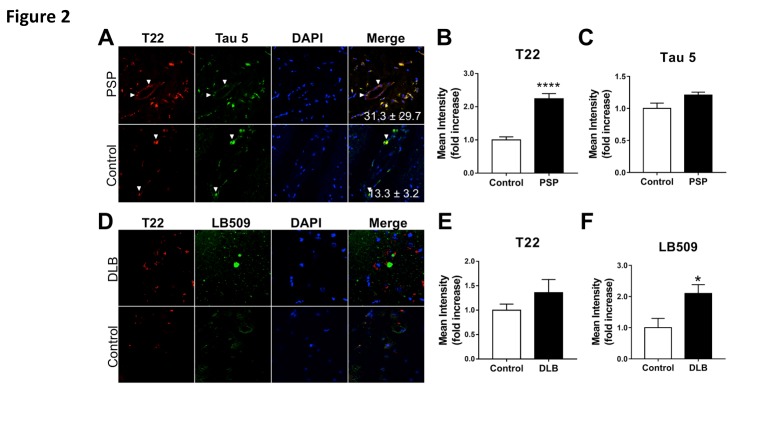Figure 2. Increased deposition of tau oligomers in cerebrovasculature of patients with progressive supranuclear palsy (PSP) but not with dementia with Lewy bodies (DLB).
(A) Representative images of pons sections from PSP patients and age-matched controls immunostained with antibodies specific for tau oligomers (T22, red) and total tau (Tau 5, green). Quantitative analyses of mean fluorescent intensity shows (B) increased levels of tau oligomers [****, t (18) = 7.38, p<0.0001] but not of total tau [C, t(7) = 1.67, p = 0.138] in cerebrovasculature of patients with PSP compared to age-matched controls. Examples of cerebrovascular oligomeric tau deposits are indicated with white arrows. (D) Representative images of brain sections from frontal cortex of DLB patients and age-matched controls immunostained with antibodies specific for tau oligomers (T22, red) and alpha-synuclein (LB509, green). (E) Quantitative analysis of mean fluorescence intensity did not reveal differences in oligomeric tau immunoreactivity in DLB patients compared to age-matched controls (t(9) = 1.289, p = 0.23). (F) Quantitative analysis of mean fluorescence intensity demonstrates an increase in alpha-synuclein abundance in brains of DLB patients compared to controls (*, t(9)=2.486, p = 0.035). For all studies, n=2 brains/group; 10-15 sections from each sample were analyzed for tau oligomers. All PSP and DLB samples were tested and were positive for tau oligomers.

